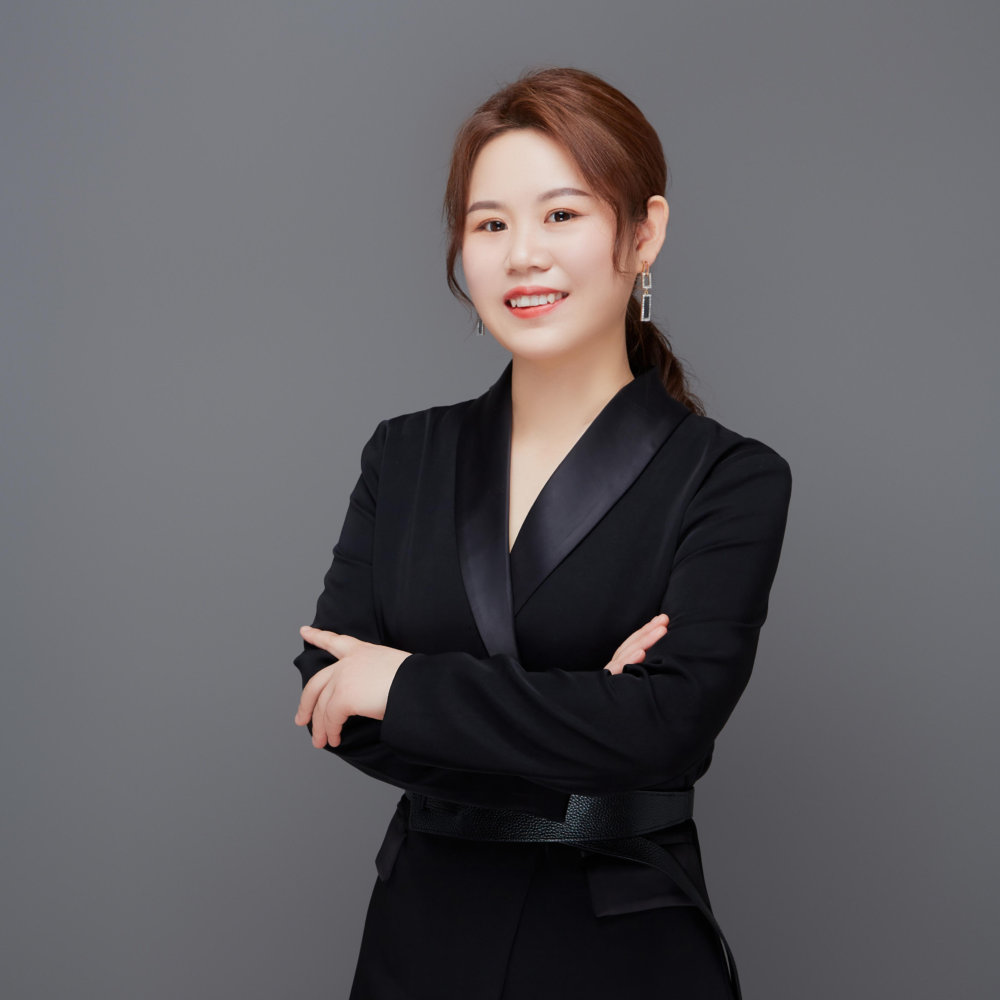1. Paeoniflorin Overview
Paeoniflorin is a derivative of monoterpene, mainly derived from dried root of plant white peony (accounting for 3% of white peony). It is a main effective ingredient of total glucosides of paeonia (TPG). Plamed develops two specifications: 70% Paeoniflorin and 98% Paeoniflorin. Both of them are natural cosmetic raw materials. Paeoniflorin is off-white fine powder. It’s lightly soluble in water, and soluble in ethanol and acetone. Paeoniflorin is hydrolyzed and polymerized in a dilute alkali solution; and it will slowly degrade in a slightly acidic aqueous solution. Emulsions made of non-ionic surfactants can slow down this process.
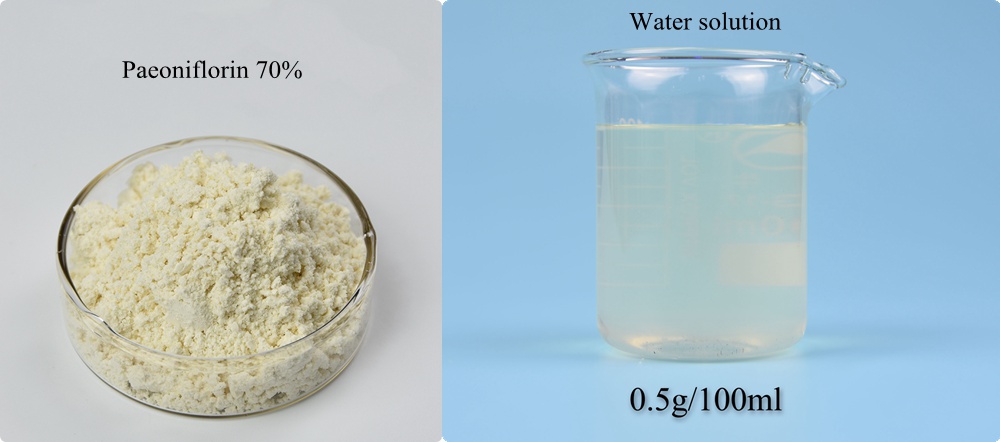
Paeoniflorin has great development prospect in market of cosmetic raw material, because of its various biological activities. Paeoniflorin is characterized by scavenging free radicals and resisting oxidative damage. It inhibits NF-kB cells and improves immune property of skin cells. It greatly exerts anti-inflammatory effect. Thus Paeoniflorin can be used in combination with other effective ingredients to treat skin sores, acne, pimple, sunburn and so on. Paeoniflorin inhibits melanin production due to its anti-oxidation and anti-inflammatory activities. It reduces skin pigmentation; and it has a non-dose-dependent whitening effect. In addition, Paeoniflorin can prevent and improve intrinsic skin aging and UV-induced skin aging. It has an anti-wrinkle effect.
| Product Name | CAS Number | INCI | |
| Paeoniflorin | 23180-57-6 | PEONIFLORIN | |
| Molecular Weight | Molecular Formula | Molecular Structure | |
| 480.45g/mol | C23H28O11 | 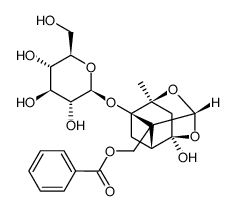 |
|
| Product ID | Specification | Minimal Package | Minimal Order Quality |
| PMQD0601 | 70% | 1KG | 1KG |
| 98% | 100g | 100g | |
2. Paeoniflorin Source
White peony (Latin name: Cynanchum otophyllum) is a plant of Paeonia genus in Paeoniaceae family. It is native to central and eastern Asia; and now it grows in temperate regions all over the world. It also is a Chinese herbal plant. It is distributed in mountainous areas, valley woodlands or hillsides at an altitude of 1500-2800 meters. In China, it is mainly distributed in Zhejiang, Anhui, Guizhou, Yunnan, Sichuan and Tibet provinces. Its main active ingredients are monoterpenoids, phenols, tannins, sterols, flavonoids, volatile oils, amino acids, proteins and other compounds. Paeoniflorin is a principal active ingredient in dried roots of Paeoniae; it has many biological activities such as anti-inflammatory and anti-oxidation. Therefore, it is widely used in cosmetics and pharmaceutical industries.
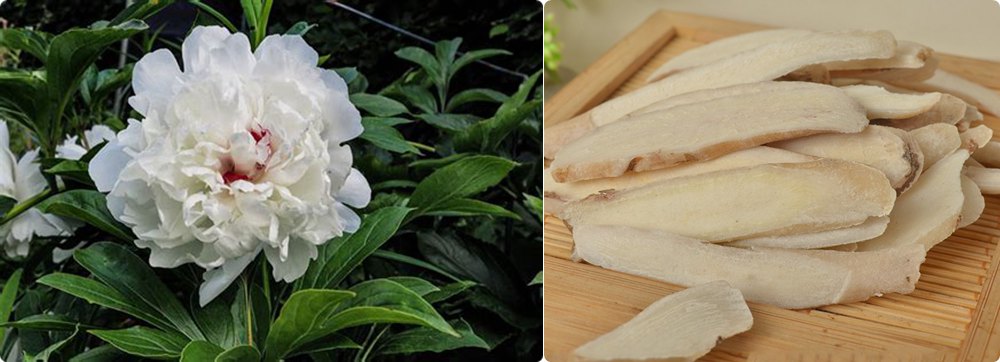
3. Paeoniflorin Manufacturer Specifications
| Product Name | Specification |
| Paeoniflorin | 70%, 98% |
Paeoniflorin 70% Specifications
| Items | Specification |
| Assay | ≥70.00% |
| Appearance | Off-white fine powder |
| Odor | Characteristic |
| Taste | Characteristic |
| Used part | Root |
| Physical Characteristics | |
| Particle size | 98%through 80 mesh |
| Loss on drying | ≤5.00% |
| Ash content | ≤5.00% |
| Density | 0.40-0.70g/ml |
| Heavy Metals | |
| Heavy metals | ≤10ppm |
| As | ≤2ppm |
| Pb | ≤2ppm |
| Hg | ≤1ppm |
| Microbiological Tests | |
| Total Plate count | ≤1000cfu/g |
| Yeast & mold | ≤100cfu/g |
| Escherichia coli | Negative |
| Staphylococcus | Negative |
| Salmonella | Negative |
Paeoniflorin 98% Specifications
| Items | Specification |
| Paeoniflorin | ≥98% |
| Test method | HPLC |
| Appearance | White or off-white powder |
| Odor | Characteristic |
| Physical Characteristics | |
| Boiling point | 684_9℃ at 760mmHg |
| Partical Size | 98% through 80 Mesh |
| MoistureContent | ≤1% |
| Total Ash Content | ≤0.1% |
| Solvent residue | ≤3000PPM |
| Heavy Metals | |
| Heavy metals | ≤10ppm |
| As | ≤2ppm |
| Pb | ≤2ppm |
| Microbiological Tests | |
| Total Plate count | ≤1000cfu/g |
| Yeast & mold | ≤100cfu/g |
| Escherichia coli | Negative |
| Staphylococcus | Negative |
| Salmonella | Negative |
4. Paeoniflorin Manufacturer Flow Chart

5. Paeoniflorin Benefits
- Anti-inflammation
Paeoniflorin exerts an anti-inflammatory effect by inhibiting production of TNF-α and IL-1β and promoting expression of IL-10. The study result indicates that Paeoniflorin antagonizes chemokine formation induced by TNF-α and leukocyte migration. Therefore, Paeoniflorin shows a broad spectrum of anti-inflammatory property.
- Anti-wrinkle & anti-aging
Paeoniflorin can enhance vitality and performance of skin cells. It promotes collagen fibers’ synthesis. Thereby Paeoniflorin contributes to increasing of toughness and elasticity of skin tissue; also it reduces production of lipid peroxides. Accordingly, Paeoniflorin significantly prevents intrinsic skin aging as well as DNA damage and skin wrinkling caused by UV. And compared with vitamin E, Paeoniflorin can better increase cell growth rate. Therefore, cosmetics containing Paeoniflorin are very effective anti-aging products.
| Cell | Treatment (M) | Cell growth rate | Cell mortality rate | Cell aging rate |
| keratinocytes | Blank | – | – | – |
| Paeoniflorin 0.0005M | 55.3% | 12.3% | 24.7% | |
| Vitamin E 0.0004M | 23.3% | 10.5% | 20.1% | |
| Fibroblast | Blank | – | – | – |
| Paeoniflorin 0.0005M | 18.4% | 11.5% | 17.2% | |
| Vitamin E 0.0004M | 9.96% | 15.4% | 22.8% |
6. Study on the Pharmacology of Paeoniflorin Cosmetics
| Test item | Concentration | Result |
| Elimination to hydroxyl radicals | 60.3μg/mL | Elimination rate:46.7% |
| Inhibition to cell apoptosis induced by hydrogen peroxide | 10μmol/L | Inhibition rate:40% |
| Inhibition to IL-2 production | 2.5g/kg | Inhibition rate:34.4% |
| Inhibition to IL-6 production | 2.5g/kg | Inhibition rate:24.8% |
| Inhibition to IL-10 production | 2.5g/kg | Inhibition rate:80.2% |
| Inhibition to MMP-9 activity | 0.01mmol/L | Inhibition rate:30.0% |
| Inhibition to NF-kB cell activity | 100μg/mL | Inhibition rate:53.2% |
7. Plamed Paeoniflorin Characteristic
- Plamed owns white peony planting bases. We can provide Paeoniflorin stably.
8. Paeoniflorin Application & Dosage
Paeoniflorin is applied in cosmetics for treatment of acne and anti-inflammation including serum, cleanser, cream, emulsion, toner and so on.
| Application product | Recommended Dosage |
| Anti-wrinkle and anti-inflammation skin care products | 0.001-10% |
Paeoniflorin application cases in major cosmetic brands in the world
| Country | Brand | Product |
| Japan | IPSA | The Time Reset Aqua |
| Dr. Ci: Labo | Aqua-Collagen-Gel Super Sensitive
O2 Herbal Gel Oxygen Charge |
|
| Cle De Peau Beaute | The Serum
Refreshing Cleansing Foam l |
|
| Korea | SULWHASOO | Overnight Vitalizing Mask
Essential Balancing Water Ex First Care Activating Serum Ex Evenfair Perfrcting Cushion No.1 Clarifying Mask |
| Whoo | Bichup Ja Saeng Essence
Cheongidan Hwa Hyun Lotion |
|
| AHC | Hydra B5 Lotion
Premium Hydra B5 Sleeping Pack |
|
| ReEn | Yungo the First Cleansing Treatment | |
| ACWELL | Aqua Clinity Cream | |
| China | Herborist | Whitening & Revitalizing Mask
Whitening Toner T’ai Chi Detoxifying & Nutrient Clay |
| Inoherb | Rhodiola Fine Whitening & Anti-Oxidation Cleansing Foam | |
| You Yan | Balance Toner | |
| Carslan | BB Cushion |
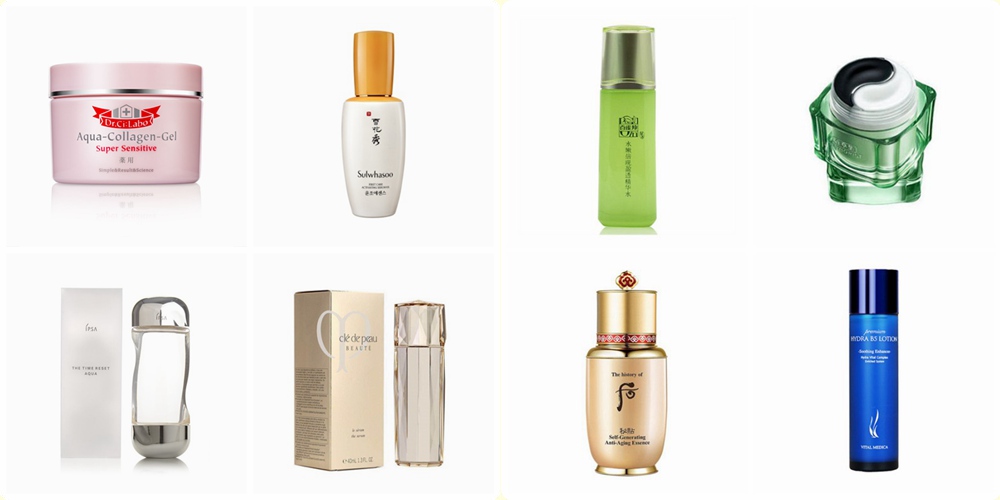
9. Paeoniflorin Reference Formula
Skin-care cream
| Phase | Ingredient | Content (%) | Ingredient | Content (%) |
| A | Paeoniflorin | 4 | Pearl hydrolysate | 10 |
| Grape seed oil | 1.5 | β-glucan | 8 | |
| Bee pollen | 0.2 | Leucine | 2 | |
| Lysine | 2 | Aloe extract | 8 | |
| B | Span-60 | 2 | Tween-60 | 1 |
| Imidazolidinyl urea | 0.1 | |||
| C | Refined cottonseed oil | 7 | ||
| D | Fragrance | 0.4 | ||
| E | Octadecanol | 2 | Sorbitol Solution(70) | 3 |
| Deionized water | Add to 100 |
Cleanser
| Phase | Ingredient | Content (%) | Ingredient | Content (%) |
| A | Paeoniflorin | 6 | Aloe extract | 10 |
| Pearl hydrolysate | 11 | Grape seed oil | 2 | |
| Β-glucan | 10 | Bee pollen | 1 | |
| Leucine | 2 | Lysine | 2 | |
| B | Octadecanol | 2 | Squalane | 3 |
| Self-emulsifying monoglycerin stearate | 1 | |||
| C | C9-10 Decyl glucoside | 20 | Deionized water | Add to 100 |
Skin-care lotion
| Phase | Ingredient | Content (%) | Ingredient | Content (%) |
| A | Paeoniflorin | 5 | Aloe extract | 10 |
| Pearl hydrolysate | 12 | Grape seed oil | 2 | |
| Β-glucan | 8 | Bee pollen | 0.2 | |
| Leucine | 2 | Lysine | 2 | |
| Citric acid | 1 | |||
| B | Fragrance | 0.2 | Cetanol | 3 |
| C | Lanolin | 4 | Glycerin monostearate | 3 |
| Glycerin | 2.5 | Isopropyl myristate | 2 | |
| Triethanolamine | 1 | Stearic acid | 2 | |
| Methylparaben | 0.2 | Deionized water | Add to 100 |
Toner
| Phase | Ingredient | Content (%) | Ingredient | Content (%) |
| A | Paeoniflorin | 5 | Aloe extract | 12 |
| Pearl hydrolysate | 12 | Grape seed oil | 2 | |
| Β-glucan | 5 | Bee pollen | 0.2 | |
| Leucine | 1 | Lysine | 1 | |
| Citric acid | 1 | |||
| B | Stearic acid | 3 | Emulsifier | 3 |
| Deionized water | Add to 100 |
Cream
| Ingredient | Content (%) | Ingredient | Content (%) |
| Paeoniflorin | 0.5 | Stearic acid | 1.0 |
| Cetanol | 2.0 | PEG-20 | 1.0 |
| Sorbitan monostearate | 1.0 | Mineral oil | 10.0 |
| Tricaprylin | 5.0 | Triethanolamine | 0.5 |
| Carbomer | 0.2 | Glycerin | 5.0 |
| Propylene glycol | 3.0 | Preservative | Appropriate |
| Fragrance | Appropriate | Purified water | Add to 100 |
Essence
| Ingredient | Content (%) | Ingredient | Content (%) |
| Paeoniflorin | 1 | Propylene glycol | 10.0 |
| Glycerin | 10.0 | Sodium hyaluronate solution (1%) | 5.0 |
| Ethanol | 5.0 | Castor oil | 1.0 |
| Methyl 4-hydroxybenzoate | 0.1 | 0.3 | |
| Triethanolamine | 0.4 | Fragrance | Appropriate |
| Purified water | Add to 100 |
10. Paeoniflorin Safety
- Paeoniflorin is listed on The International Catalogue of Chinese Cosmetic Raw Materials Standards in 2010 issued by CAFFCI.
- Paeoniflorin has been considered as cosmetic raw material by Cosmetic, Toiletry & Fragrance Association (CTFA).
11. Packing and Storage
Package: Packed in 25kg paper drums with two plastic bags inside.
Storage: Stored in a cool dry place and away from direct sunlight and oxidizing agents.
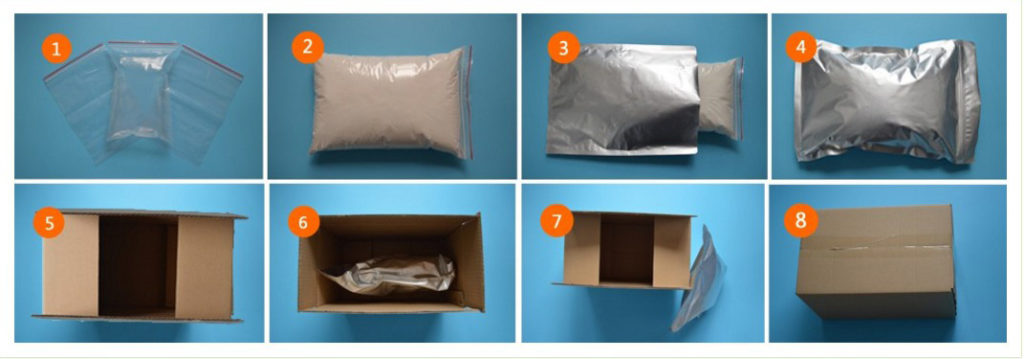
Plamed focuses on natural cosmetic ingredients for more than 10 years. We have founded four subsidiary companies, which respectively develops different kinds of cosmetic raw material. Plamed is a company whose CEO is designated as the first secretary general of Shaanxi Plant Extraction Association.
As a professional Paeoniflorin manufacturer, Plamed have been constantly upgrading the production process. We firmly believe that good Paeoniflorin and good Paeoniflorin price will help customers make good terminal products and help customers win a lasting and broad market.
Other Skin-whitening Product List
| NO. | Product Name | Product ID | Specification | Product Image |
|---|---|---|---|---|
| 01 | Arbutin | PMB0101 PMB0102 | Alpha 99.5% Beta 99.0% | 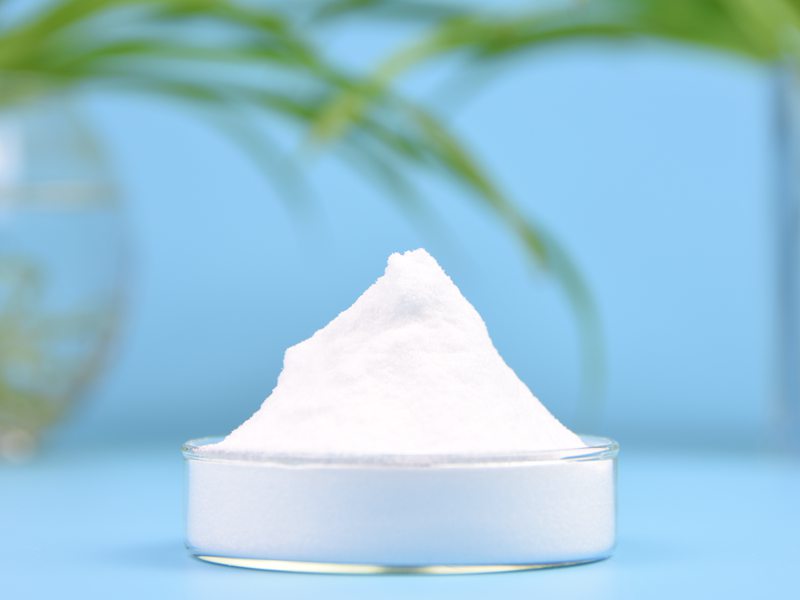 |
| 02 | PCR Glabridin | PMB0705PCR | 10% | 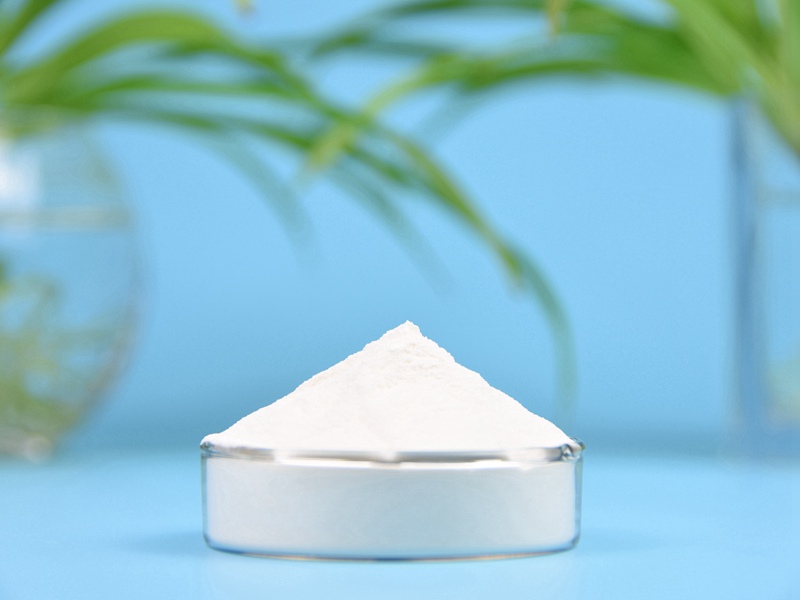 |
| 03 | Kojic Acid Dipalmitate | PMB0801 | 99% | 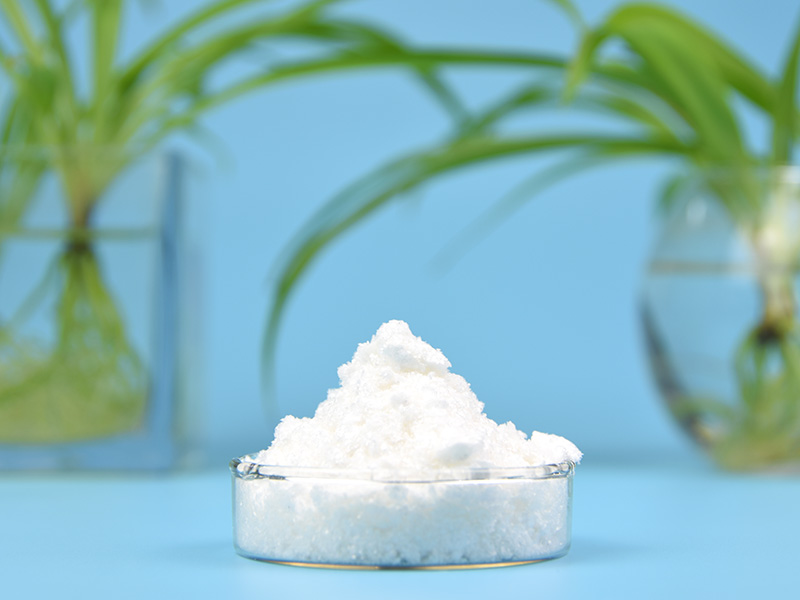 |
| 04 | D-alpha Tocopherol Acetate | PMB0901 PMB0902 | 700IU 1300IU | 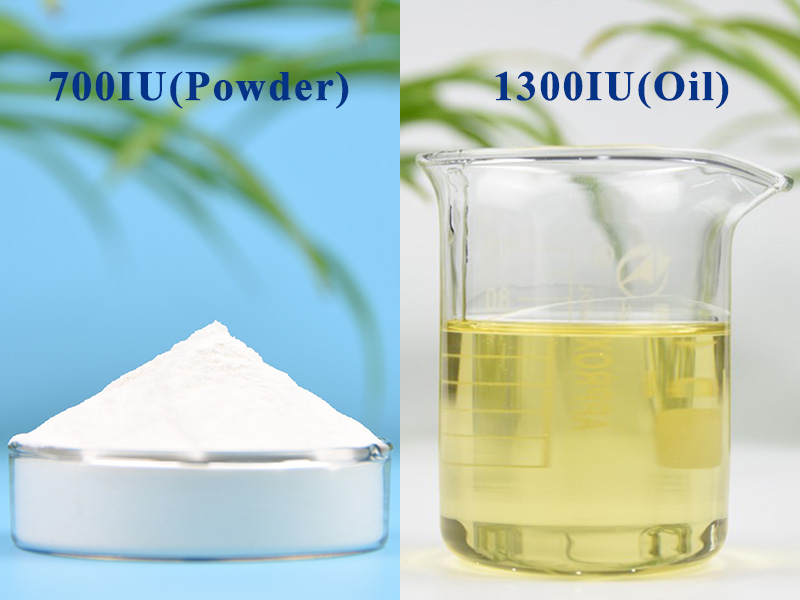 |
| 05 | Bakuchiol | PMKZ1501 | 98% | 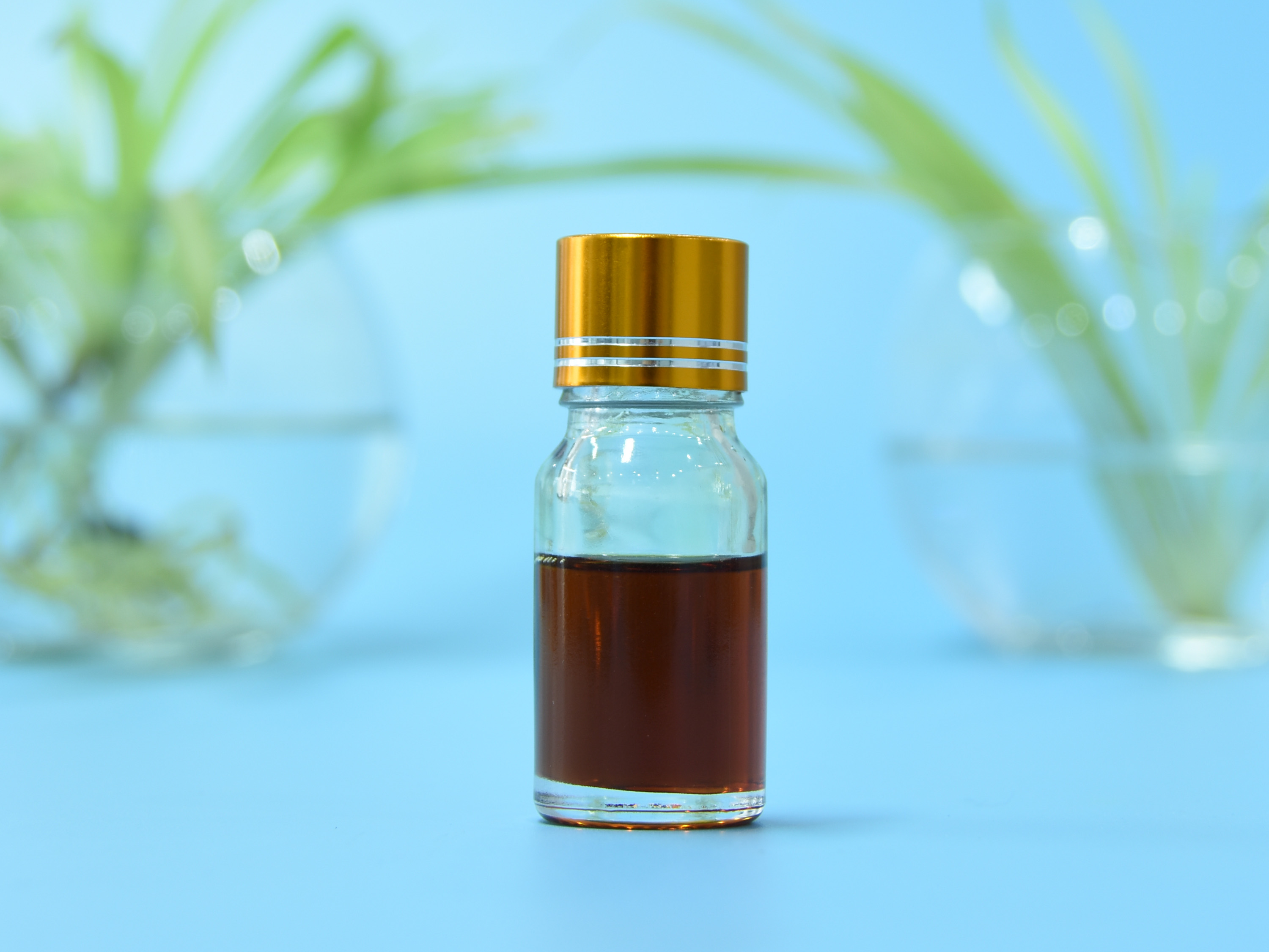 |
| 06 | Grape seed extract | PMB1401 | 95%OPC | 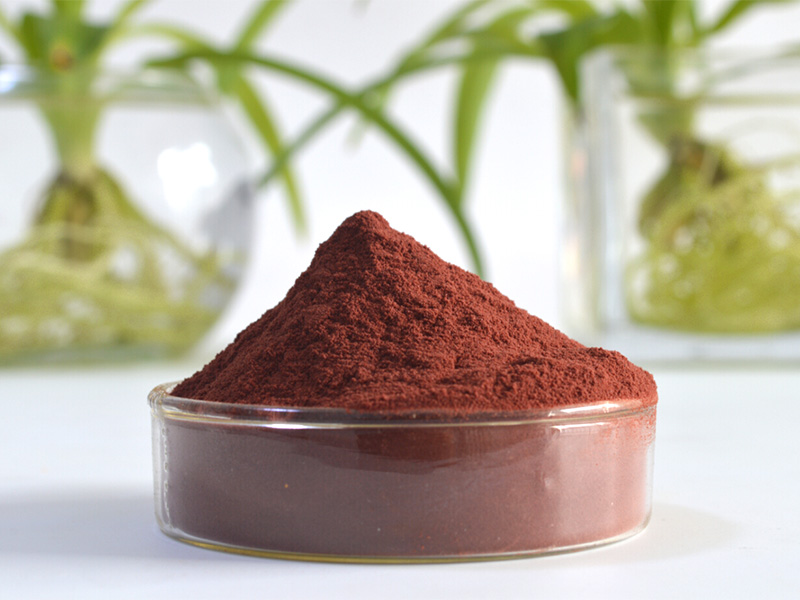 |
| 07 | Ellagic Acid | PMB0401 | 98% |  |
| 08 | Glabridin | PMB0705,PMB0702 PMB0703,PMB0704 | 10%,40% 90%,98% | 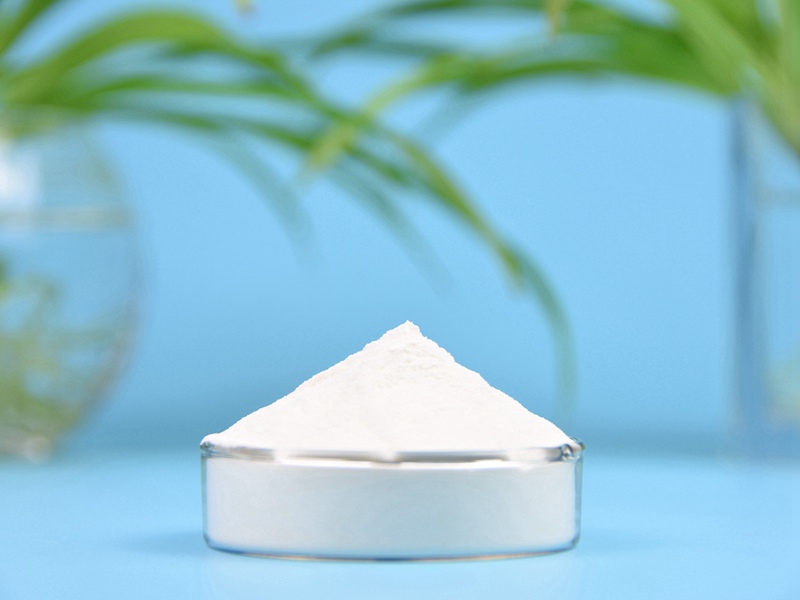 |
| 09 | Glutathione | PMB1601 | 98% |  |
| 10 | Ascorbic Acid 2-Glucoside | PMB1801 | 98% | 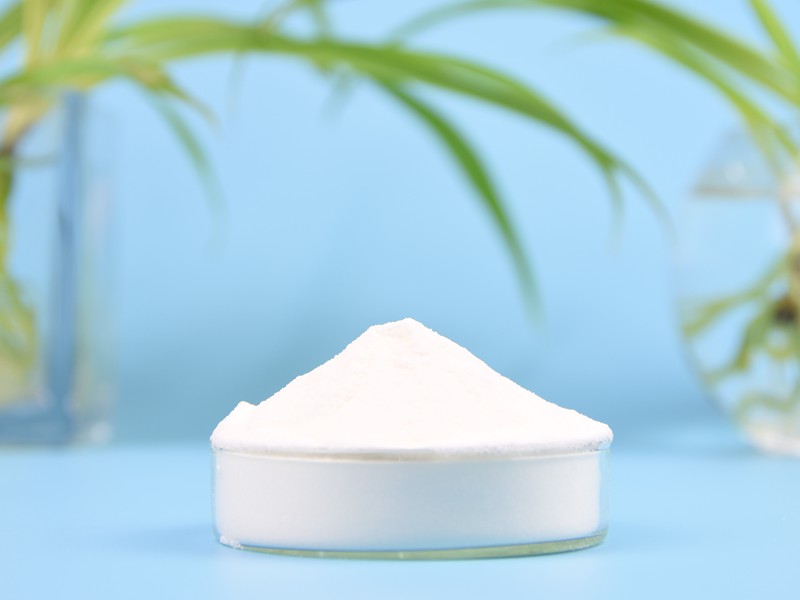 |
| 11 | Phloretin | PMB0301 | 98% | 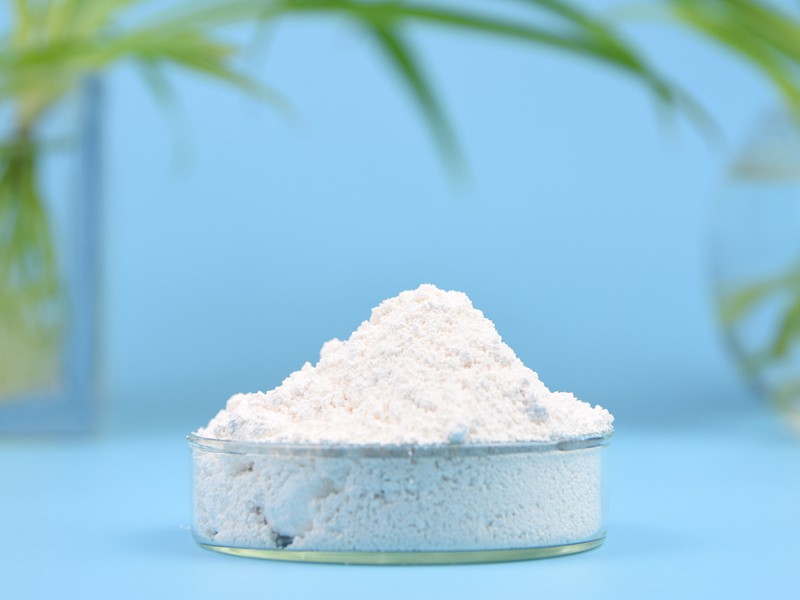 |
| 12 | Lycopene | PMB1101 | 80% | 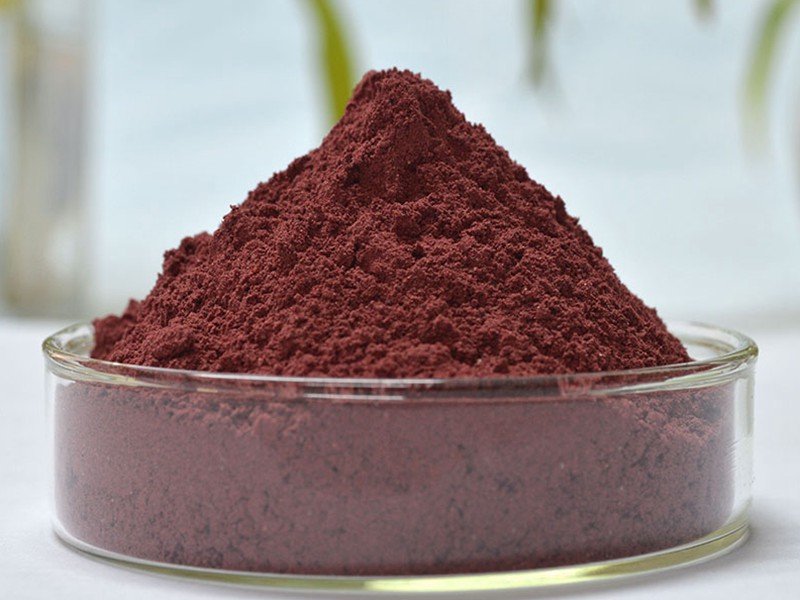 |
| 13 | Resveratrol | PMB0501 | 98% |  |
| 14 | Green Tea Extract | PMB1501, PMB1502, PMB1503 | 95% EGCG, 70% oil-soluble polyphenols, 98% water-soluble polyphenols | 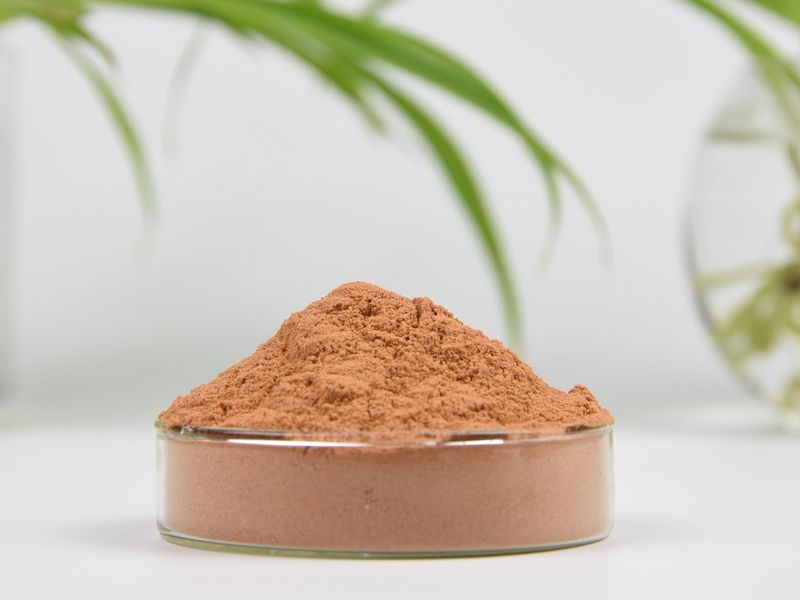 |
| 15 | Luteolin | PMB1301 | 98% | 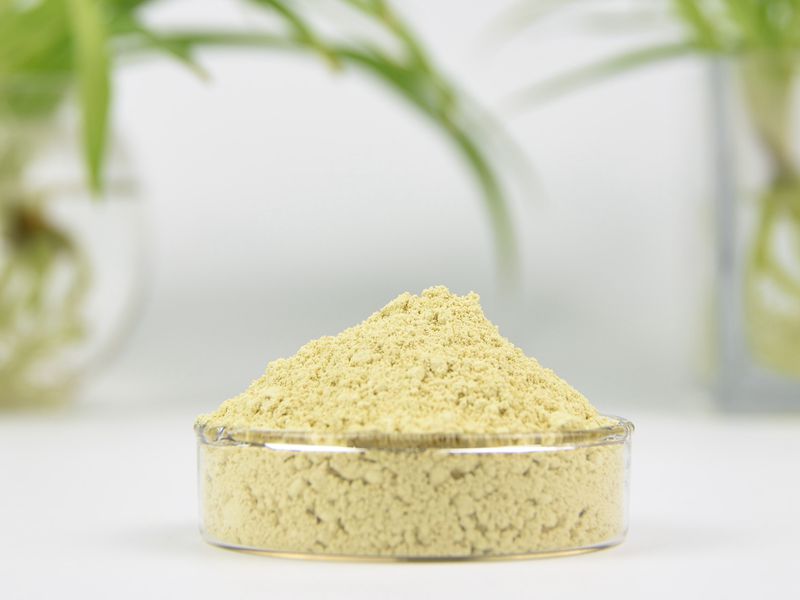 |
| 16 | Chrysin | PMB1001 | 99% | 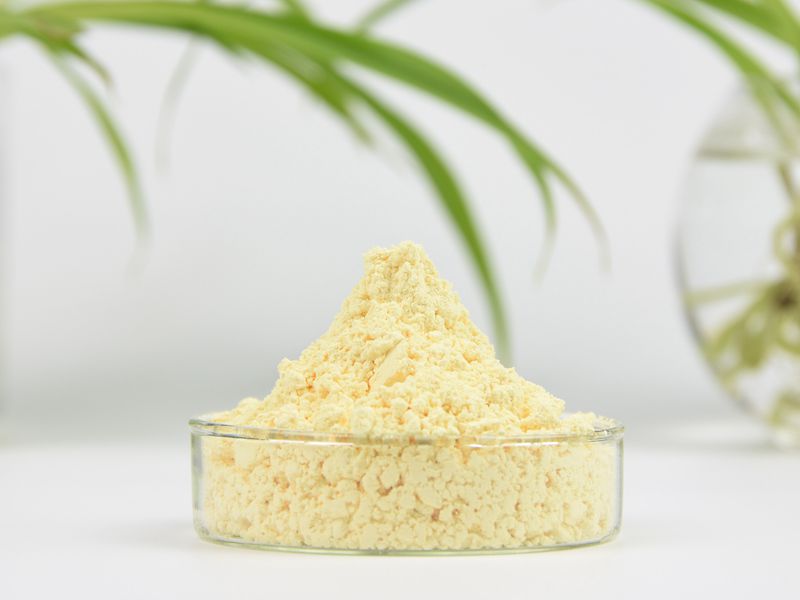 |
| 17 | Puerarin | PMB1201 | 98% | 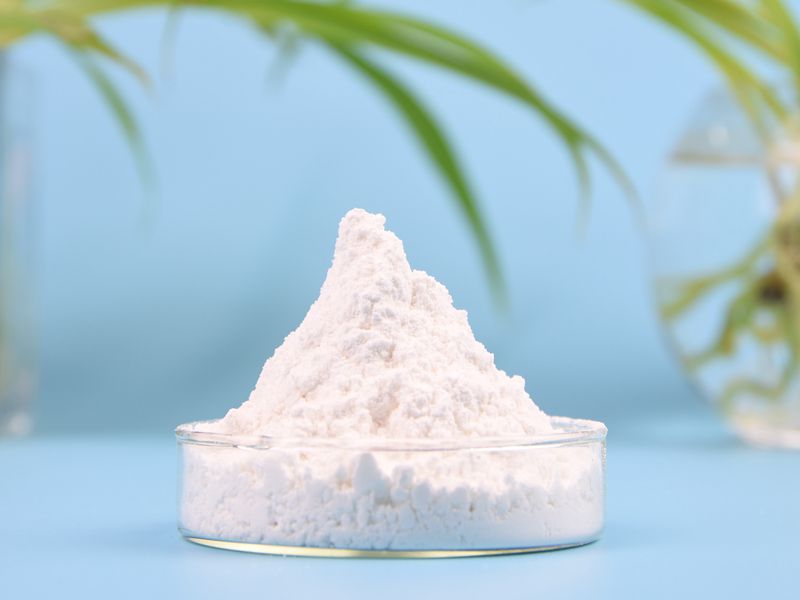 |
| 18 | Escin | PMM0301 | 20%, 98% | 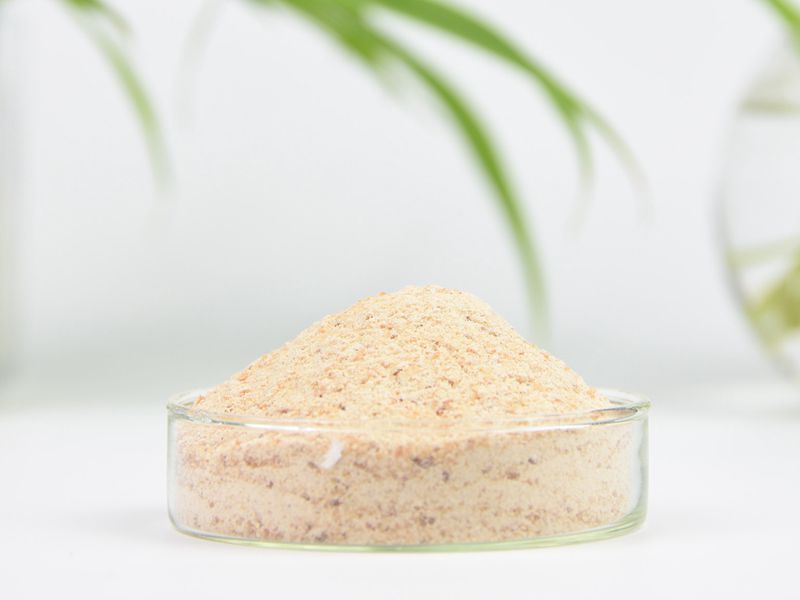 |
| 19 | Tetrahydrocurcumin | PMB0201 | 98% | 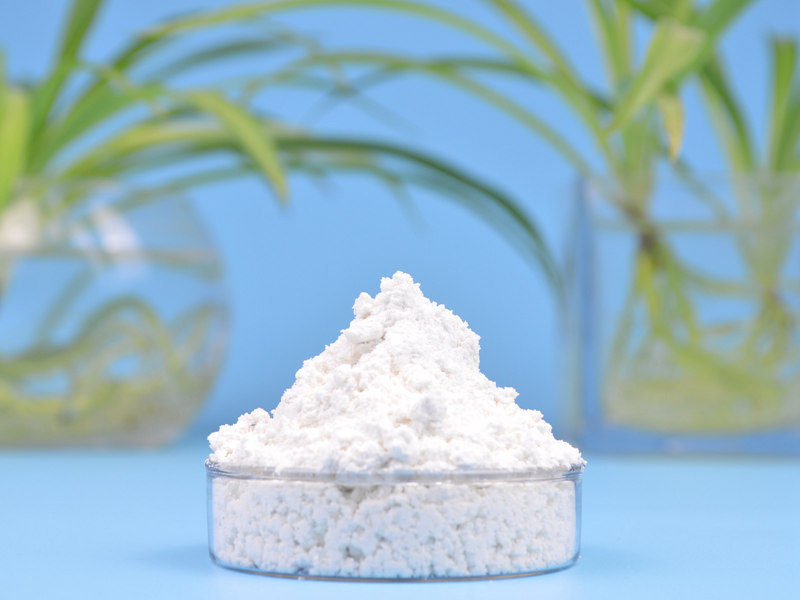 |
| 20 | Nicotinamide | PMB1501 | 99% | 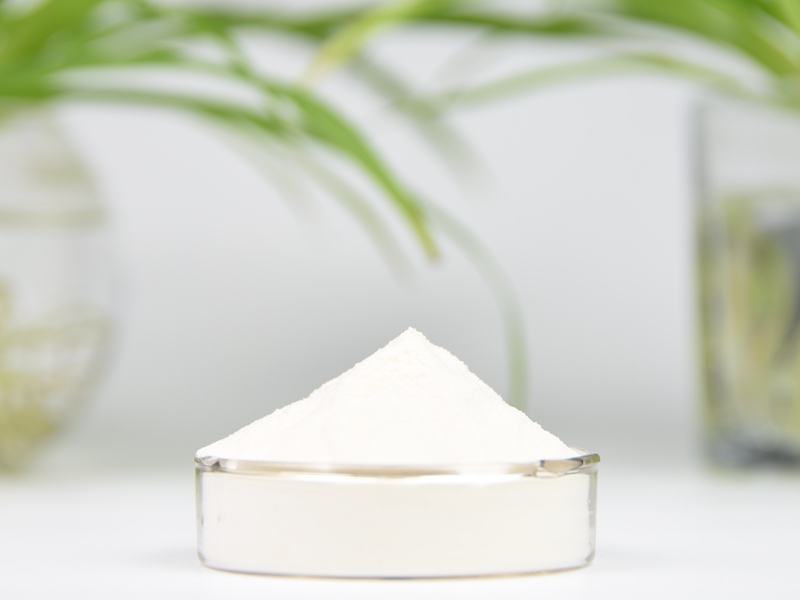 |
| 21 | Curcumin | PMB2501 | 10% | 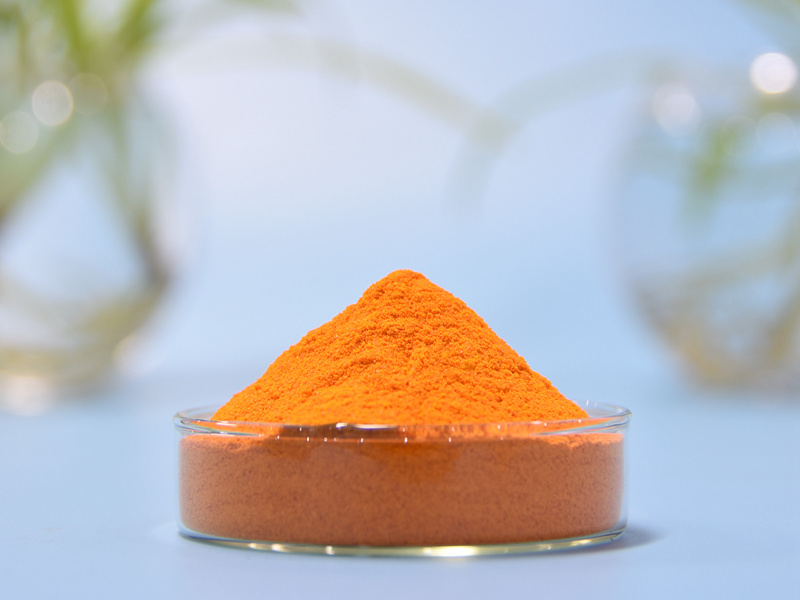 |
| 22 | Rhodiola-crenulata-extract | PMB2401 | 2% Salidroside | 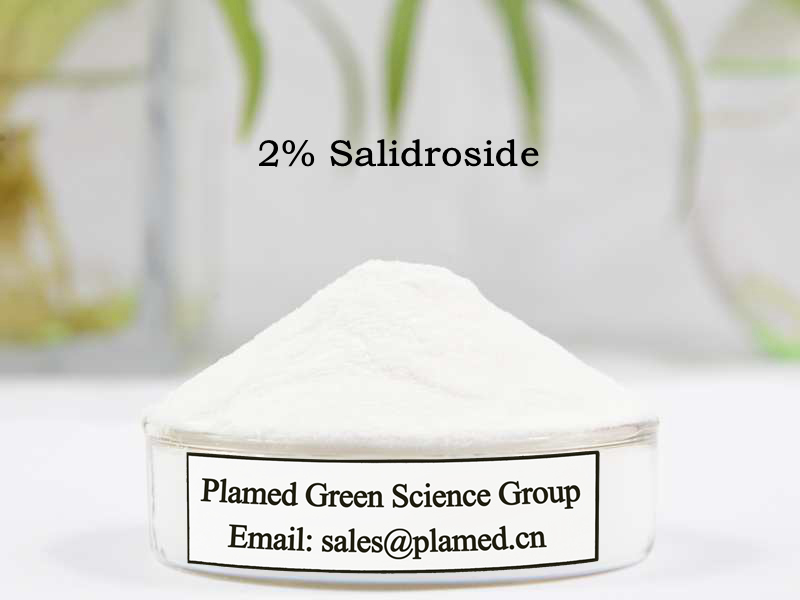 |













